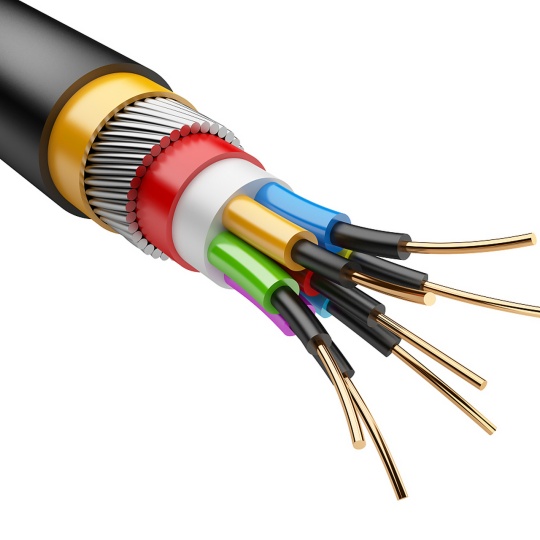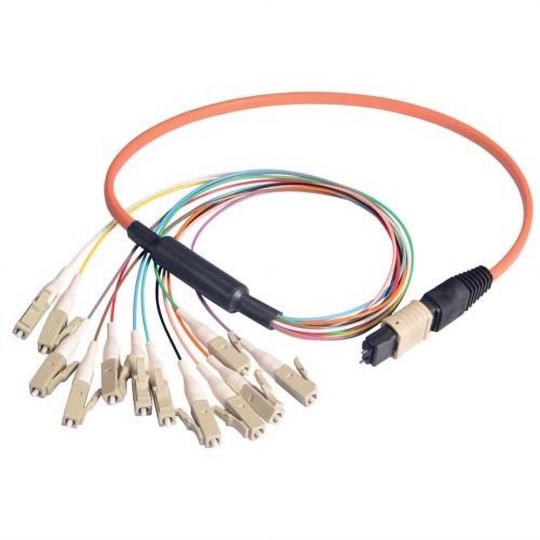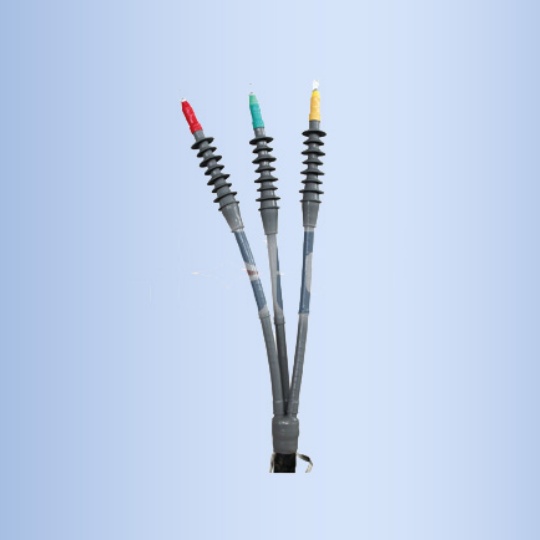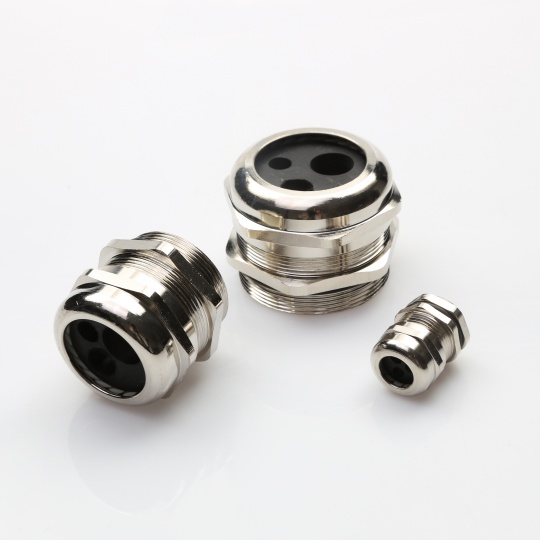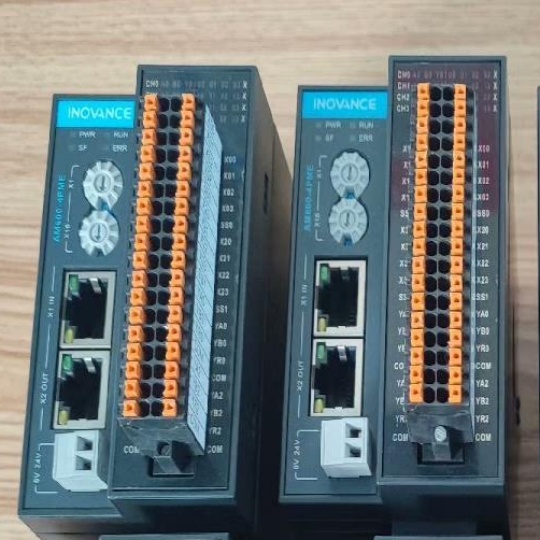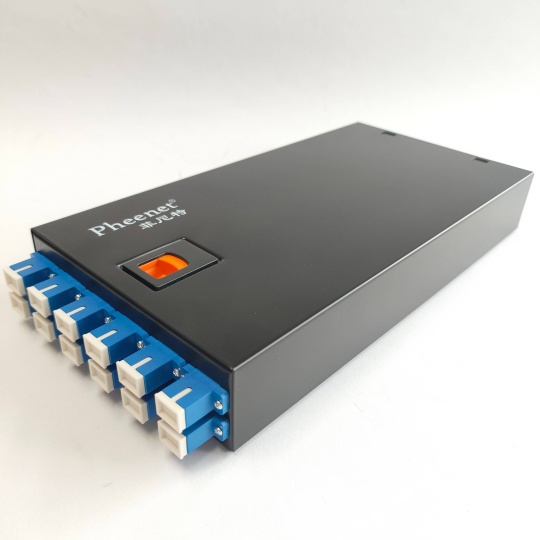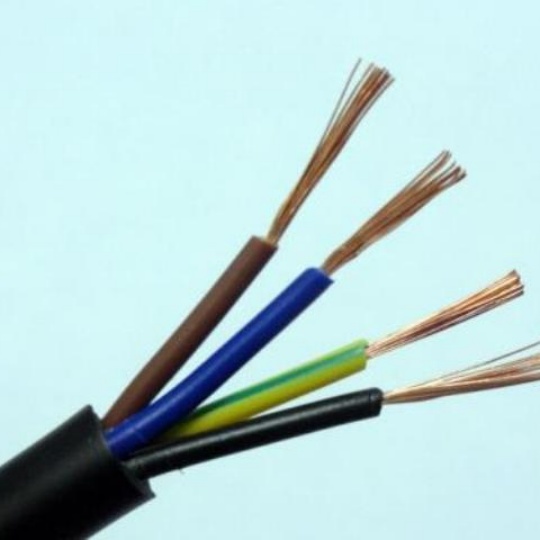Design and Testing of IP67/IP68 Cable Assemblies
Introduction
In industries where harsh environments are the norm—such as automotive, industrial automation, marine, and telecommunications—cable assemblies must withstand dust, water, extreme temperatures, and mechanical stress. IP67 and IP68-rated cable assemblies are engineered to meet these challenges, ensuring reliable performance in demanding conditions. This article explores the design principles, testing methodologies, and applications of IP67/IP68 cable assemblies, providing actionable insights for engineers, procurement specialists, and quality assurance teams.
Understanding IP67 and IP68 Ratings
The IP (Ingress Protection) rating system, defined by the IEC 60529 standard, classifies the degree of protection provided by enclosures against foreign objects and moisture.
- IP67: Offers complete protection against dust (6) and immersion in water up to 1 meter for 30 minutes (7).
- IP68: Provides total dust resistance (6) and continuous submersion in water beyond 1 meter, with conditions defined by the manufacturer (8).
These ratings are critical for applications like underwater sensors, outdoor telecommunications, and electric vehicle charging systems.
Key Design Considerations for IP67/IP68 Cable Assemblies
- Material Selection
- Cable Jacketing: Use robust materials like silicone, thermoplastic polyurethane (TPU), or cross-linked polyethylene (XLPE) for flexibility and resistance to abrasion, chemicals, and UV exposure.
- Connectors: Opt for sealed connectors with corrosion-resistant plating (e.g., gold or nickel) and integrated gaskets or O-rings to block moisture ingress.
- Sealing Techniques
- Overmolding: Encapsulate connectors and cable joints with thermoplastic or thermoset materials to create a seamless, watertight bond.
- Heat Shrink Tubing: Apply adhesive-lined heat shrink sleeves to seal terminations and splices.
- Strain Relief
Reinforce connection points with molded strain relief boots to prevent cable flexing and pull-out failures.
- Environmental Compatibility
Ensure materials can withstand operating temperatures (-40°C to 125°C for industrial applications) and resist oils, solvents, and saltwater.
Rigorous Testing Protocols for IP67/IP68 Compliance
To validate performance, cable assemblies undergo stringent tests:
- Dust Ingress Test (IP6X)
- Expose the assembly to fine talcum powder in a vacuum chamber for 8 hours. No dust should penetrate the enclosure.
- Water Immersion Test
- IP67: Submerge the assembly in 1 meter of water for 30 minutes. Post-test, inspect for internal moisture.
- IP68: Submerge at a depth and duration specified by the manufacturer (e.g., 3 meters for 24 hours).
- Temperature Cycling
Subject cables to extreme temperature fluctuations to test material stability and seal integrity.
- Mechanical Stress Tests
- Pull Testing: Apply axial force to verify strain relief strength.
- Flex Testing: Simulate repeated bending to ensure longevity in dynamic applications.
- Electrical Performance Validation
Measure insulation resistance, impedance, and signal integrity post-environmental exposure.
Applications of IP67/IP68 Cable Assemblies
- Automotive: EV charging ports, battery management systems.
- Industrial: Robotics, factory automation sensors.
- Telecom: 5G base stations, underground fiber optics.
- Renewable Energy: Solar panel connectors, offshore wind turbines.
Choosing the Right Supplier
When sourcing IP67/IP68 cable assemblies:
- Verify certifications (e.g., UL, IEC, TÜV).
- Request test reports and failure analysis documentation.
- Prioritize suppliers with expertise in custom designs for niche applications.


